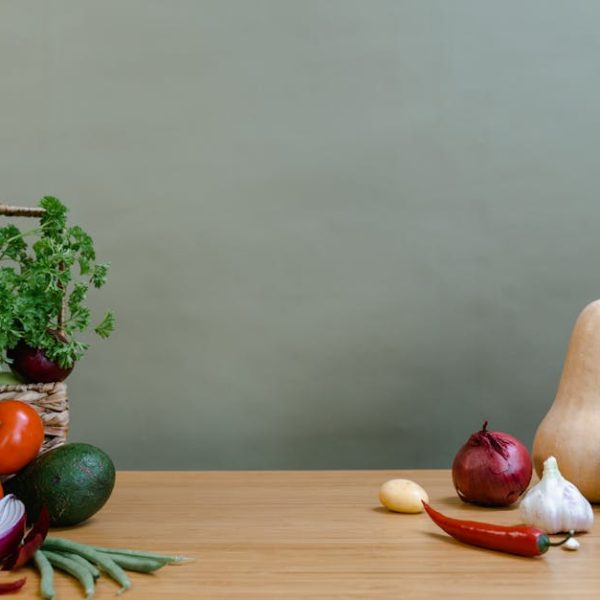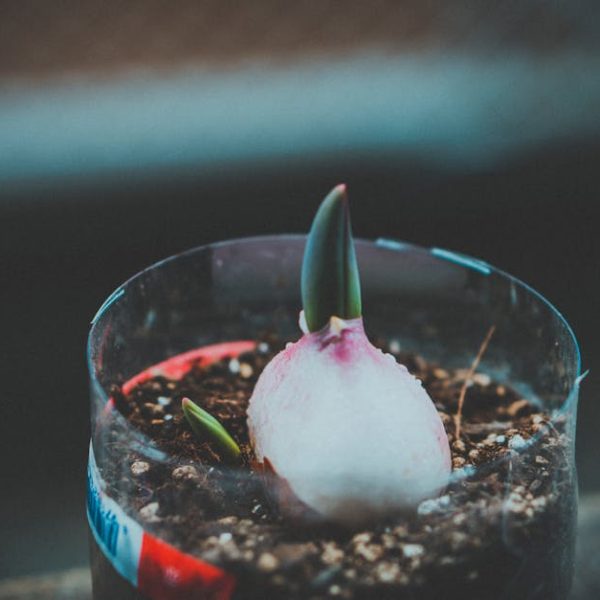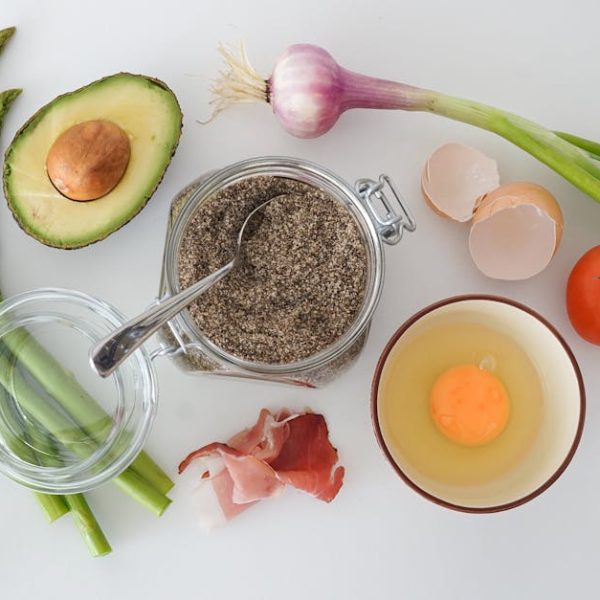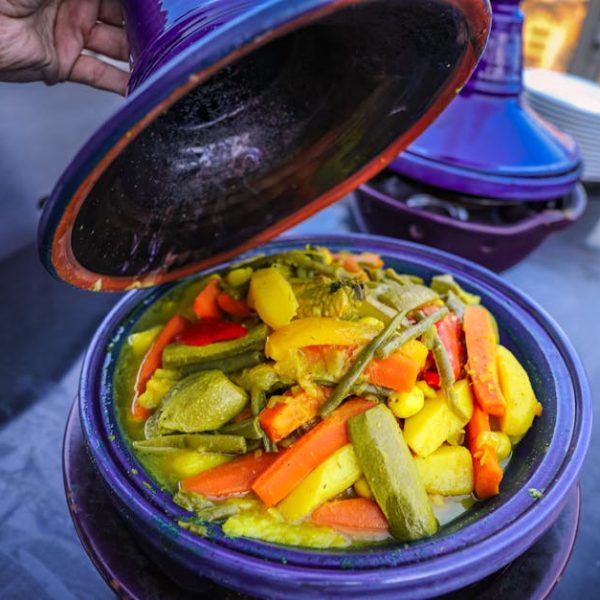We’ve all been there, about to whip up a savory dish, only to find that the garlic we’ve been storing has grown sprouts, turned green or developed an off smell. To avoid this culinary predicament, understanding the shelf life of different forms of garlic and suitable storage methods can play a crucial role. Not only does this knowledge help you maximize the usage of this powerhouse herb, but it also ensures the taste and aroma of your dishes remain unaffected.
Understanding the Shelf-Life of Garlic
The shelf life of a garlic bulb can vary greatly depending on how it is stored. When left whole and unpeeled, a fresh bulb of garlic can last anywhere from six weeks to three months. However, once the bulb is broken apart and the cloves are peeled, the shelf life significantly decreases to about a week.
Factors that can affect the freshness and longevity of garlic include temperature, humidity, light, and air circulation. A cool, dry, and well-ventilated area is best for storing garlic to ensure it remains as fresh and flavorful as possible for an extended period.
In terms of the average shelf life, here are some different forms of garlic:
- Fresh, unpeeled garlic: 6 weeks – 3 months
- Peeled garlic cloves: 1 week
- Chopped garlic: A few days
- Roasted garlic: 3–5 days
The Impact of Storage Methods on Garlic Freshness
Choosing the right storage method is key to maintaining your garlic’s quality and taste over time. Storing garlic at room temperature in a well-ventilated container, such as a wire mesh basket or terracotta garlic keeper, is often the best option. Refrigeration can lead to increased moisture, which may lead to mold.
For those who prefer to keep their countertop clutter-free, storing garlic in a pack or hanging it in a cool, dry, and dark place can also work. However, avoid storing your garlic in a sealed plastic bag or container as this can lead to moisture build-up, leading to premature rotting.
Pro Tip : To prolong the life of garlic cloves, peel them and submerge in olive oil. You can store this in the fridge for up to a month.
Comparing the methods:
| Storage Method | Lifespan | Pros | Cons |
|---|---|---|---|
| Room temperature, well-ventilated area | 3 months | Maintains flavor best | Requires space on countertop |
| Refrigerator | 1 week | Convenient | Can result in mold |
| In olive oil in the fridge | 1 month | Deliciously infused with oil | Involves additional preparation |
In the next section, understanding the signs of spoilage in garlic is key to ensuring you don’t end up using garlic that’s past its prime in your cooking.
Signs of Spoilage in Garlic
Identifying signs of garlic spoilage is quite straightforward. Here are some clear indicators:
- Appearance: Bright yellow or brown cloves, green shoots sprouting from the top, or signs of mold are red flags. Whole cloves should be plump and ivory-white.
- Smell: Fresh garlic has a pungent, yet pleasing aroma. If it begins smelling sour or slightly sweet, it’s likely gone bad.
- Texture: Fresh garlic cloves are firm to the touch. If they feel soft, mushy, or sticky, they’ve most likely spoiled.
Now let’s put this information into a handy checklist:
- ✅ Clove color – Is it bright yellow, brown, or showing signs of mold? If yes, throw it away.
- ✅ Sprouting – Are there green shoots sprouting from it? If yes, you may still use it, but it likely has a milder flavor.
- ✅ Smell – Does it smell sour, or slightly sweet instead of the regular garlicky aroma? If yes, throw it away.
- ✅ Texture – Does it feel soft, mushy, sticky, or dried out? If yes, toss it.
Best Practices: Handling spoiled garlic is as important as identifying it.
- If you find one spoiled clove in a bulb, remove it along with any clove that it was touching.
- Store garlic properly to prevent quick spoilage. Use it within the ideal time frames mentioned earlier.
Preserving Garlic for A Longer Shelf Life
Preservation techniques can come in handy when you want to extend the shelf life of garlic. Here are three popular options:
- Freezing: This involves peeling and chopping the garlic before storing it in a freezer-safe container. Garlic frozen in this manner can last up to a year without losing much of its original flavour.
- Drying: This involves slicing peeled garlic thinly and drying it in a dehydrator or an oven set to a very low temperature. Dried garlic can be ground into garlic powder or used as is.
- Pickling: This involves peeling garlic and submerging it in vinegar or a mixture of vinegar and salt. Pickled garlic can last for several months in the fridge.
Here’s a comparison:
| Preservation Method | Pros | Cons |
|---|---|---|
| Freezing | Extends shelf life up to a year | Garlic might lose some of its texture |
| Drying | Can be ground into powder | Labor intensive |
| Pickling | Extends shelf life for several months | Alters flavor |
Health Risks of Consuming Spoiled Garlic
Aside from the unpalatable taste, consuming spoiled garlic can cause food poisoning symptoms like nausea, vomiting, and diarrhea.
Best Practices:
- Always inspect garlic before using it in your meals.
- If in doubt, throw it out. It’s better to be safe and avoid potential health issues.
Pro Tip : If you’re prone to digestion-related issues or have a weak immune system, be extra careful and avoid using garlic that’s past its prime. Garlic is inexpensive and readily available, making it not worth the risk to consume if you suspect it’s spoiled.
Remember, garlic not only adds great flavor to your dishes but is also packed with health benefits. So, store it right, use it in time, and relish its goodness!
Key Takeaway:
- A full bulb of fresh garlic can last anywhere from six weeks to three months, depending on its storage conditions.
- Optimal storage methods include keeping garlic in a cool, dry, well-ventilated area. Avoid storing it in a sealed plastic bag or container to prevent moisture build-up.
- Signs of spoiled garlic include color changes to bright yellow or brown, green shoots sprouting from the top, a sour or slightly sweet smell, and a soft or mushy texture.
- Techniques to extend garlic’s shelf life include freezing, drying, and pickling.
- Consuming spoiled garlic can lead to food poisoning symptoms. It’s best to discard any garlic that shows signs of spoilage.
Learning about the shelf-life and storage methods of garlic can help you maintain its freshness and quality. This will greatly enhance your culinary creations. So the next time you purchase garlic, keep these guidelines in mind to reduce spoilage and maximize its usage. And remember, when in doubt, throw it out!
FAQs
Q: How can I tell if chopped or minced garlic kept in the refrigerator has spoiled?
A: Notably, chopped or minced garlic will turn a yellowish color or become noticeably darker when it has spoiled. It might also develop an off smell.
Q: Can I freeze whole garlic bulbs to extend their shelf life?
A: Yes, you can freeze whole garlic bulbs. However, you may notice a slight texture change when they are thawed.
Q: How does spoilage of garlic in olive oil look like?
A: Garlic soaked in olive oil may show signs of spoilage like mold growth or a change in odor. Also, if the oil turns rancid, it’s an indication the mixture has gone bad.
Q: Is it safe to use garlic that has green sprouts?
A: Yes, it’s safe to use, but the taste might be milder. The green sprout itself can be bitter, so you might want to remove it before using the garlic.
Q: What’s the fastest way to dry garlic?
A: The quickest way to dry garlic is by using a dehydrator, although it can also be dried in an oven set to a very low temperature.
If you found this guide helpful, feel free to share it and browse through our website for more useful tips and advice!





